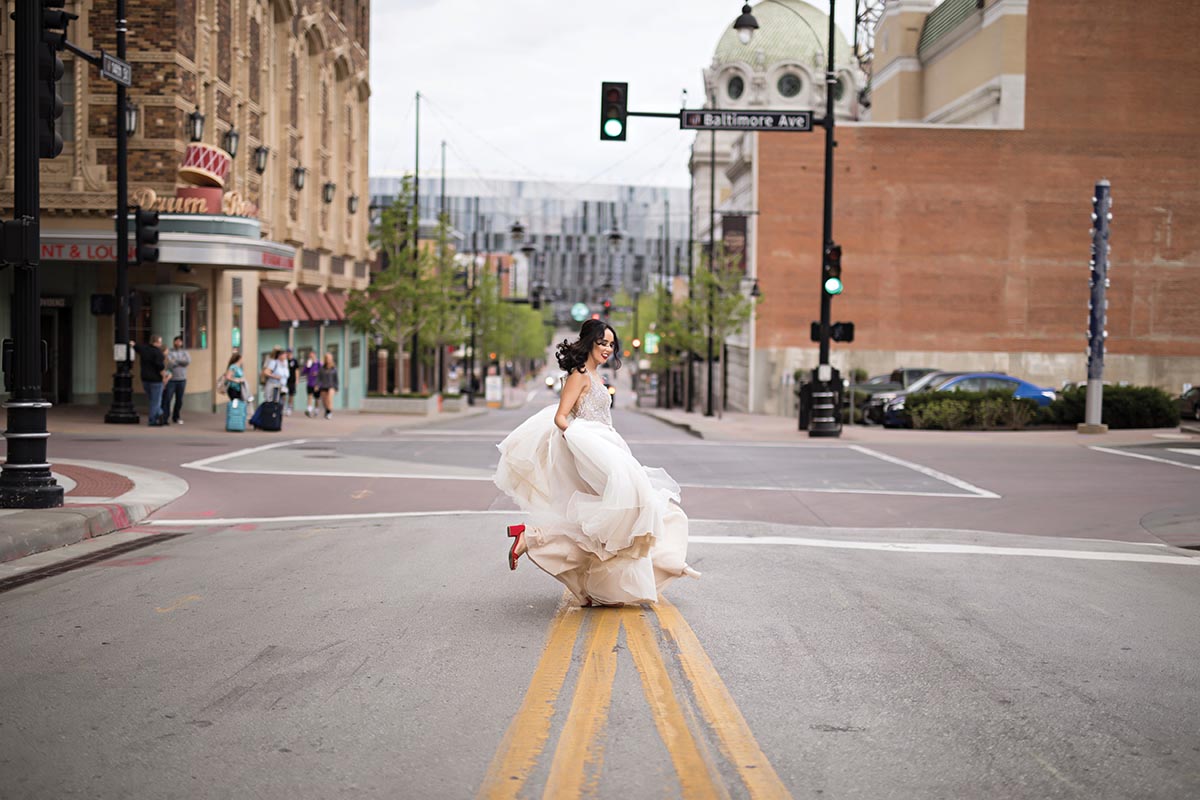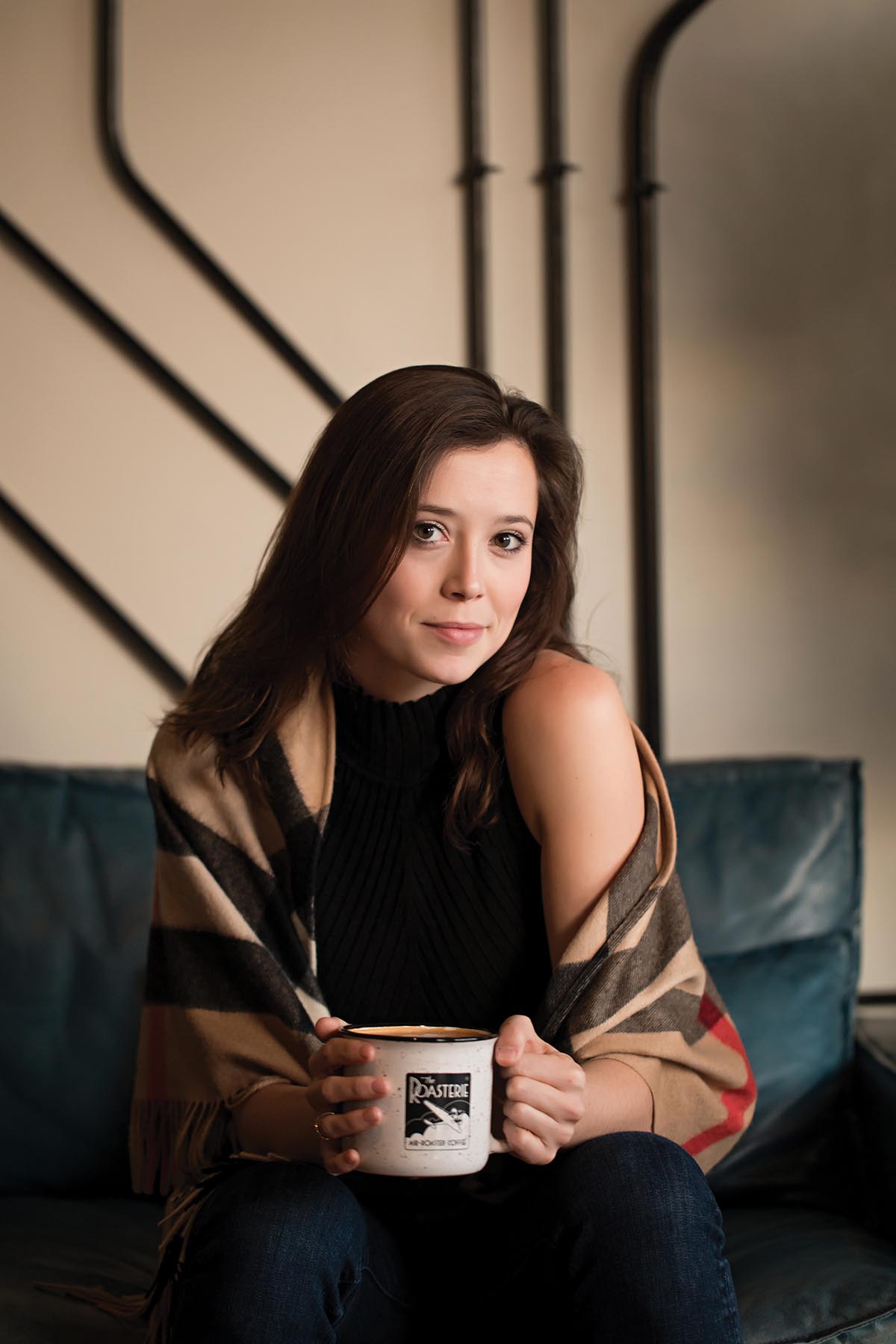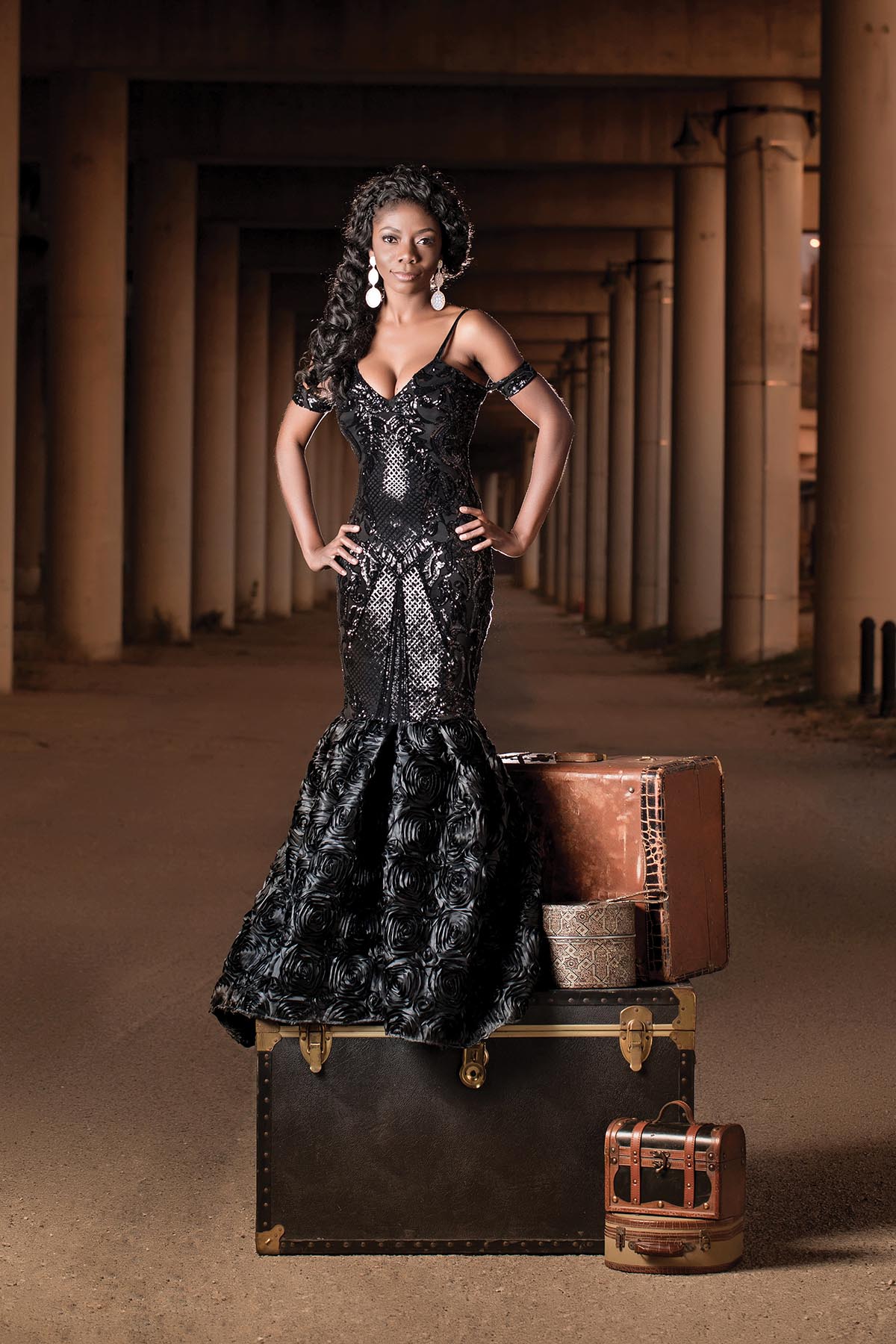Human Connection
How Erin Hernandez-Reisner leverages social media content creation
12.31.2022
Erin Hernandez-Reisner talks about professional photography as if it’s a bit like the Wild West. While there are traditional pathways to income and business development, there are also a world of opportunities where enterprising creative professionals can stake a claim to new territory. It’s fast moving, chaotic, and full of potential.
In this wide open range of artistic opportunity, Hernandez-Reisner has built a prosperous business by creating safe places where subjects feel free to be themselves. The portrait and wedding photographer is based in a small town in central Kansas, where she offers a variety of photography options for clients seeking a supportive environment for image creation as well as privacy for their images. Her work has taken her around the world, earned her numerous awards and publications, and attracted a discerning clientele of high-net-worth individuals impressed by her discretion and empathy.


The flip side of the coin for Hernandez-Reisner is her role as a social media influencer and online content creator. This work is decidedly not private, but it holds tremendous potential for visual artists. When she speaks about being a content creator, Hernandez-Reisner is talking about building a following online through useful, inspiring elements—photos, videos, podcasts, social posts, blog posts, online storytelling, and other engaging material. This content can draw people to you, build brand awareness, and strengthen your business. Beyond those benefits, being a recognized content creator can lead to a variety of revenue streams that can diversify a photographer’s business, including product endorsements, influencer marketing, subscription-based content distribution, teaching, speaking, and more.
“It’s all about connection,” says Hernandez-Reisner. “How do you connect with another human being? Because every one of us is creating content every single day. The difference is monetizing it.”
SHARE THE INSPIRATION
Think about all the beautiful content you create on a regular basis. If you align it with your voice and put a story behind it, the content can cut through so much of the noise that’s buzzing around the internet, says Hernandez-Reisner. You can level the playing field and make your message prominent.
She recommends starting by sharing your thoughts on why you photograph. People want to be inspired by you and your clients’ stories, so expressing that purpose is important. Also consider your clients’ reasons for being photographed. How can you get their messages out in an empowering way? Their stories matter, and they’re often more profound than the casual reasoning they might initially give for a project.

Take a family portrait client, for example. They want a family photograph because it’s been a couple of years, but what’s the underlying reason? Why is this portrait, at this time, important to them? What do they value most about these images of their family? That’s the real story, the genuine point of interest. If you can connect that point of interest with your fundamental purpose as a photographer, then you’re working at a higher level. You’re also creating content that resonates with people and has the potential to inspire others.
“If you’re photographing someone else, it has to be about them,” says Hernandez-Reisner. “Most of the time, photographers just talk about what they’re doing, and it sounds like everything else out there. But if you talk about your what your clients have overcome, their aspirations, or their particular joy, then you are getting at something more profound about them. And all of the sudden, people are connecting.”

RELATABILITY
“We live in this world where we see beautiful photographs every day, yet we wonder why a bad photo that someone posts sometimes gets more reactions than the beautiful photo,” says Hernandez-Reisner. “It’s because people relate to it.”
People want real. They want to connect with their service providers, especially when the service is something as personal as photography. And people get weary of sales messages, so if you’re offering a service, you have to demonstrate that you care about the connection you’re making. That genuine connection, tied to your personal story, is what resonates with people. Consider: Who are you? What do you really care about? How does it relate to what you do? Then talk about that sincerely. Share your experiences and inspirations, and draw in the people who relate to your story.
Hernandez-Reisner points out that if you want to be a content creator and leverage the benefits that come with that title, then 50% to 80% of the content you post on social media has to be about you. People want to know why you do what you do, why you take the photos you take beyond the fact that it’s your profession, she says.

A PERSONAL BRAND
The first part of developing a personal brand is understanding who you are so that you can express that information to others. This is your foundation as a creative professional that holds up everything you do.
For her self-discovery process, Hernandez-Reisner went through an exercise using different adjectives to describe who she is and who she isn’t. She thought long and hard about what she wants to share with the world and where she sets her boundaries. She also considered how that story would come out and what about it would help other people relate to her.
In her content, Hernandez-Reisner is open about what she’s endured, including mental and physical abuse suffered at a young age. She uses those experiences and her resiliency to empower others through photography. This wasn’t easy at first. Like many artists, she found herself documenting other people’s trauma, but she wasn’t dealing with her own. “Being open about my trauma, sharing the struggles, and discussing my disabilities helps people relate. It allows us to reach success together,” she says. “Everyone wants to connect with the part of themselves that they block.”


This process of self-discovery is important because it helps you define your business and the tone of your communications. Once you establish this foundation, then you can build your brand. Having deep self-knowledge also helps you interpret what feedback you should listen to and what you can ignore.
Why is personal branding important for photographers? “Sometimes people don’t want our photography; they want our artistry,” explains Hernandez-Reisner. “That leads to so many opportunities in content creation.”
For example, Hernandez-Reisner points out that companies are excited for content creators to share their products and services. If you start thinking of yourself as your own subject—staging photo shoots or behind-the-scenes sequences with yourself as the star—then it shows companies and potential clients how you work, how you deal with different situations. That helps build your brand and expands your network of potential clients—both as a photographer and a content creator.
“There are lots of different ways to make money from content creation, but it’s really not about the money; it’s about connection,” says Hernandez-Reisner. “Everything builds off of those connections you make.”
Jeff Kent is editor-at-large.


 View Gallery
View Gallery


